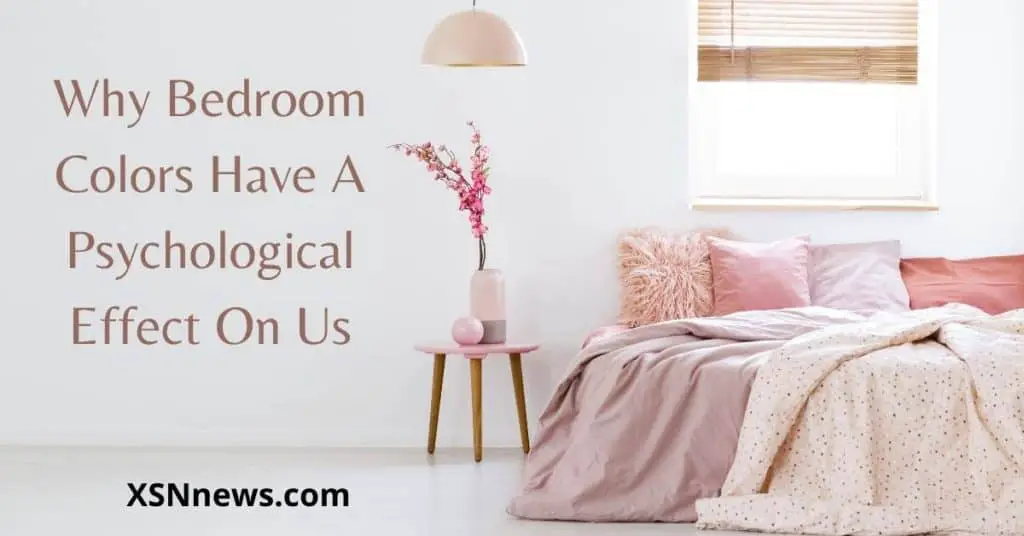Most people won’t need a lot of persuasion to be convinced that the colors of their bedrooms have a effect on their mental state.
And if you are not a believer yet, paint your bedroom jet black, and you should be able to experience the negative effects it would have on your mood within a week of sleeping in there.
There are two categories of colors that interior designers classify into when selecting colors for a room. And they are not just trying to sound smart. The two categories are warm and cool colors.

Table of Contents
Warm Colors
Warm colors stimulate the mind and are most appropriate for places where people often gather for activities. They are great for communal spaces such as the living room and considered safe colors for fixtures such as built-in cabinets.
We often see event spaces where people rent for parties painted with colors like bright yellow or orange. These warm colors help to keep the energy vibrant. Therefore enticing people to get into the mood of taking part in activities. However, if the function room you’ve rented for a birthday party is painted black, you’ve got the wrong advice from the wrong people.
Cool Colors
Cool colors help relax the mind and are suitable for bedrooms as these are the places where we rest to recharge ourselves. Soft blue, for example, is a common color painted on the walls of bedrooms and baby rooms as they induce people into a calm state. In addition, it is a color that is often used in spa and massage rooms where store owners want to help their patrons relax.
Should Colors Be Definitively Identified?
At this point, it is essential to realize that no specific color should be definitively identified as warm or cool. This is because different tones of the same colors can be either warm or cool colors. This can even be observed in the colors of feng shui, where homeowners choose their personal lucky colors in different sections of a house.
Many times, different tones of the same color can even have their own names.
For example, red is a basic color that ignites passion. But pink, which is a lighter tone of red, can be a color that represents youthful innocence.
Popular Colors For Bedroom Walls
Some of the most popular colors for bedroom walls are white, blue, brown, and pink. What types of effects do they have on your psychology?
White
White is the default color of purity. There seems to be a strong consensus from all around the world, across different cultures, that it’s a symbol of purity, which is also an essential characteristic present in peace.
Blue
Blue is one of the most popular colors, and it’s the color of calmness and security. It’s no coincidence that security firms like to use this color theme for their brand identity. Other than the bedroom, they are great for meditation rooms too.
Brown
When brown color is used for a room, it is usually used as a lighter shade of brown. Either that or the furniture and fittings in the room are dominated in such colors. Brown induces the feeling of warmth and being together with nature. This is why it is a popular color with resort hotels.
Conclusion
Finally, it is only fitting that we acknowledge that different people have different color preferences. There cannot be one color that conquers them all.
While most people might love white and the psychological effect of peace they feel when in a room painted in white, it does not apply to everybody. So if you personally feel that a bright color helps get better sleep in the bedroom, then there’s no one stopping you from using it.
Certain colors have been known to trigger people’s anxiety and cause a feeling of uneasiness. So choose the colors of you your bedroom wisely.
